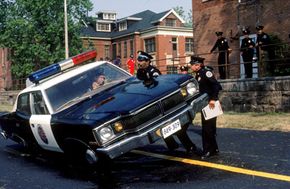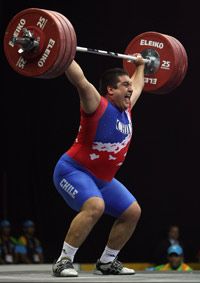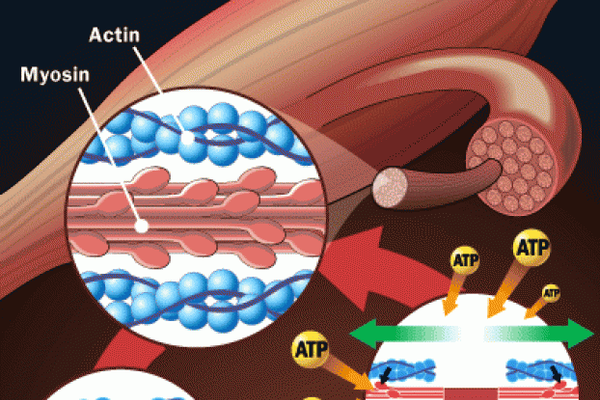In 2006 in Tucson, Ariz., Tim Boyle watched as a Chevrolet Camaro hit 18-year-old Kyle Holtrust. The car pinned Holtrust, still alive, underneath. Boyle ran to the scene of the accident and lifted the Camaro off the teenager, while the driver of the car pulled him to safety.
In 1982, in Lawrenceville, Ga., Angela Cavallo lifted a 1964 Chevrolet Impala from her son, Tony, after it fell off the jacks that had held it up while he worked underneath the car. Mrs. Cavallo lifted the car high enough and long enough for two neighbors to replace the jacks and pull Tony from beneath the car.
Advertisement
Marie "Bootsy" Payton was cutting her lawn in High Island, Texas, when her riding mower got away from her. Payton's young granddaughter, Evie, tried to stop the mower, but was knocked underneath the still-running machine. Payton reached the mower and easily tossed it off her granddaughter, limiting Evie's injuries to four severed toes. Curious, Payton later tried to lift the mower again and found she couldn't move it.
What accounts for feats of superhuman strength like these? Are they glimpses into the lives of superheroes' alter egos? Or are all of us imbued with amazing strength?
Although well-documented when they do occur, feats of hysterical strength -- unnatural and amazing strength tapped during high-stress situations -- are not recognized by medical science. This is largely due to the problem of gathering evidence: Instances like these come about without warning, and to reproduce these situations in a clinical setting would be unethical and dangerous.
But we are aware of the effects of adrenaline, a hormone shown to increase strength to amazing degrees for short periods of time. Read the next page to find out about adrenaline and strength.
Advertisement



